The first digital marketing advertisement was a display banner ad on Hotwired.com by AT&T.
The ad copy stated, “Have you ever clicked your mouse right HERE? You will.”
The ad had an unbelievable 44% click-through rate.
Nowadays, the CTR of display ads is generally around 1%.
By 2030, businesses worldwide are expected to allocate over 82% of their marketing budgets to digital marketing campaigns.
Why so? With digital marketing, businesses can target the right audience comparatively easily, cost-effectively, and precisely, while also collecting detailed performance reporting.
Today, almost every leading, mid-sized, and even small businesses are marketing through digital channels to improve brand awareness and increase engagement.
What is Digital Marketing and How Does it Work?
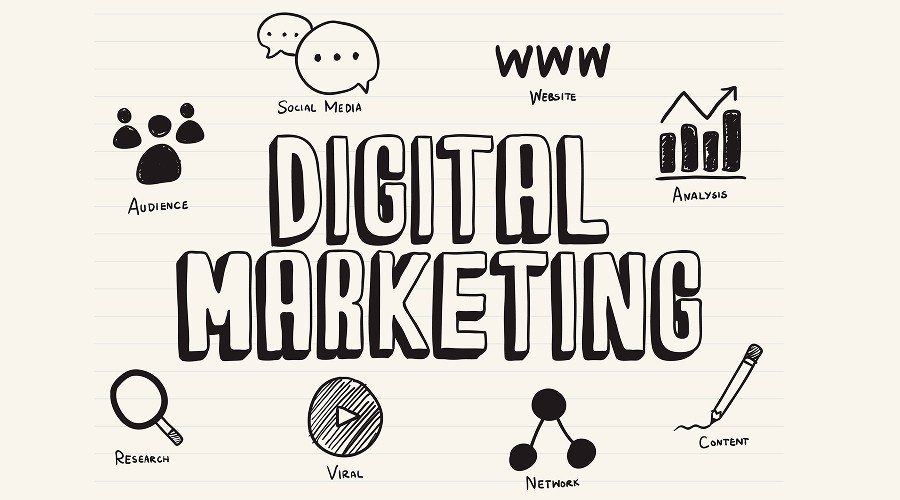
Digital marketing is an umbrella term encompassing a range of effective digital promotional practices. It includes promoting businesses through websites, mobile apps, social media platforms, search engines, email marketing, and content marketing.
Over the years, digital marketing has evolved as a core channel for businesses to promote brands, products, and services. It has evolved into a two-way channel to listen to user response and feedback, get reactions, and generate revenue as leads and sales.
Simply put, digital marketing is about building trust as a brand and funneling users towards business conversion.
Professional digital marketing agencies use modern marketing strategies to place your products at the right place and time. They strategically build your optimized presence over multiple platforms to reach your audience.
Digital marketing experts execute strategic search engine optimization and marketing, social media management and promotion, email campaigns, and content marketing to engage users and generate profitable revenue.
How did the Digital Marketing Vertical Start?

It’s hard to imagine the 21st century without digital. I, who began my career (in 2010) as a marketer in the digital landscape, cannot imagine my world without digital marketing.
But, before jumping into how digital marketing started. Let’s have a look at some historical events.
- In 1969, ARPANET became the first connected network. A lot more happened over the next 20 years.
- Sir Tim Berners Lee (father of the Internet) proposed the Internet in 1989, named Mesh. It was later renamed to World Wide Web in 1990.
I wrote a detailed blog where you can learn a lot about “How Did the Internet Start?”
Back to Start of Digital Marketing
- In 1978, Gary Thuerk sent the first unsolicited promotional email campaign. He is also known as the Father of Spam.
- Email marketing emerged as a digital marketing channel in the 1990s, as more users began to utilize the Internet.
- The first web directory was created in 1992 by the father of the Internet. Aliweb (1993), Yahoo! Directory (1994), and DMOZ (1998) were other popular directories from the 1990s.
- In 1994, the first display banner ad was placed by AT&T. It started the digital advertising era.
- Around 1995, webmasters started optimizing their websites to rank higher in the directory search engines. SEO became a recognized term by 1997.
- Google launched the AdWords platform in 2000 (now known as Google Ads), enabling businesses to display text ads in search results.
The timeline above highlights the evolution of digital marketing practices. The term “digital marketing” was first coined around 1995 in online articles as an umbrella term for websites, search engine optimization, and email marketing.
Today, digital marketing has become an essential medium for driving audiences to digital properties, and we are all aware of its power.
Why is Digital Marketing Important in Today’s Time?
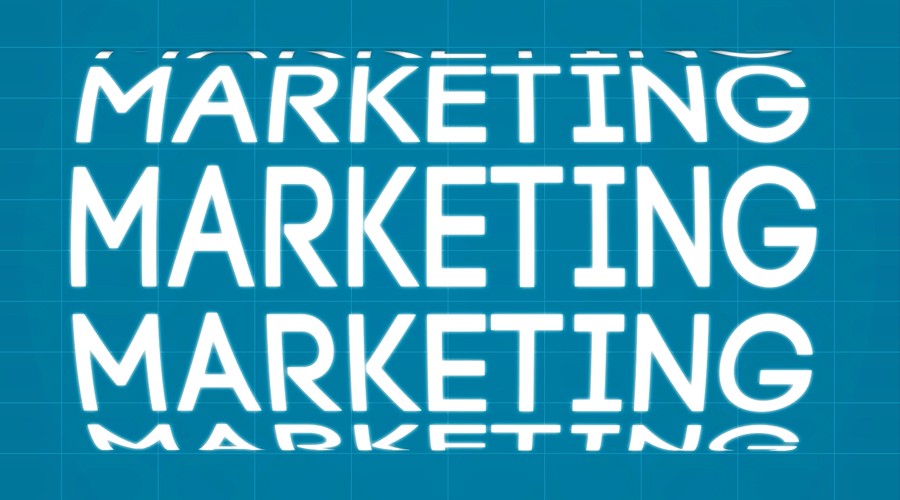
The digital marketing landscape is enormous. It has evolved over the decades and has taken over the traditional marketing approach.
The benefits of marketing in the digital landscape are enormous. It has become a crucial promotional channel for a majority of businesses.
In short, digital marketing helps businesses reach the targeted audience a lot more efficiently and measure outcomes in real time.
Below are some benefits of digital marketing, mentioning why it is crucial for businesses.
Reach Potential Customers Globally
Digital marketing platforms segment users based on their location, intent, interests, behavior, demographics, profession, and more.
The profiling and targeting options on these platforms enable you to reach your global prospects easily.
Increases Brand Awareness
The promotion on digital platforms enables you to consistently place your brand in front of your prospects and existing users. It allows you to deliver messaging that connects with them, ultimately establishing yourself as a brand they can trust.
Experienced marketers strategize to promote your brand and products across multiple digital channels, aiming to increase visibility.
Cost-effective Marketing
Marketing on digital platforms is more cost-effective than traditional channels. Digital promotion also yields higher returns, as advertisements are shown to targeted audience segments.
Engaging Media and Marketing Strategies
With digital marketing, you can promote your business offerings with engaging creatives, including eye-catching images, videos, GIFs, and infographics.
Good marketing practices include using a mix of creatives to give a lasting impression on your audience.
Control Over Messaging and Spending
You control the messaging in the text and creative copy. In the event of any product rebranding, you can make the change within a few hours, in most cases.
You can strategize multiple campaigns running in parallel on various marketing platforms.
Real-time Reporting of Campaigns
Most of the popular platforms give real-time reporting of the campaigns. Enabling you to monitor your marketing reach and performance, and take informed decisions.
You can review the performance analytics of your advertisements and align the budget on those ads that yield better outcomes.
Difference Between Inbound and Outbound Digital Marketing
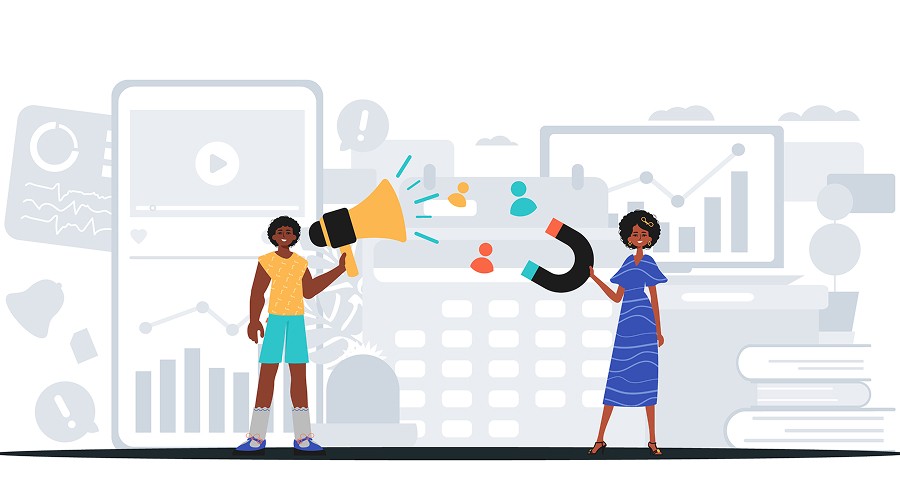
We can segment digital marketing practices mainly into inbound and outbound. Both complement each other and are equally important in marketing a business and in generating revenue.
Inbound marketing includes creating and distributing high-quality content that your ideal users want.
Inbound marketing encompasses SEO, content marketing, and social media management, all designed to attract potential customers with a customer-centric approach.
On the other hand, outbound marketing encompasses approaches that promote businesses through email campaigns and advertisements on search engines, social media platforms, and other relevant websites.
Outbound marketing follows a conventional marketing approach that attempts to initiate a conversation by promoting the product in front of the targeted audience.
Major Digital Marketing Channels You Should Know
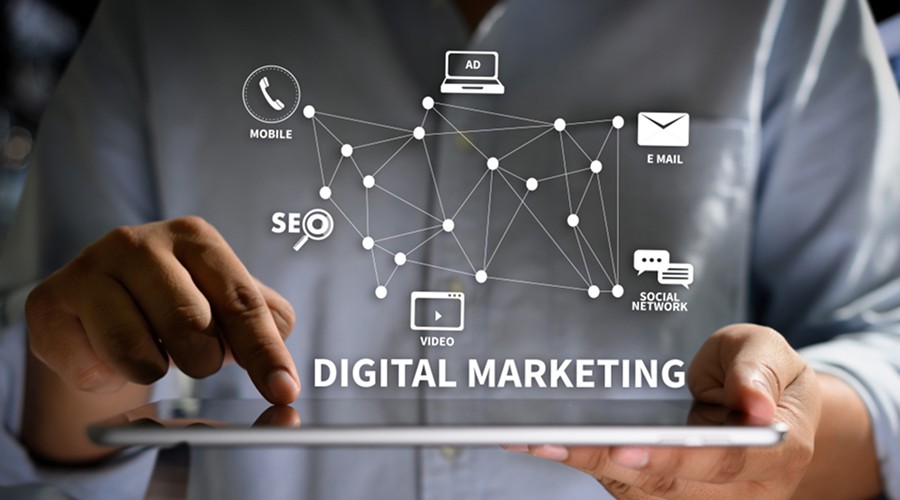
Every digital marketing practice plays a vital role in the successful promotion of businesses in today’s competitive world. Each brings in unique value and helps reach audience segments during different phases of the conversion journey.
Below are the primary online marketing channels proven to generate tangible results.
Search Engine Optimization (SEO)
SEO is arguably one of the most powerful inbound marketing practices. It is a process of optimizing your website to rank higher on Google, Bing, and other search engines, as well as AI engine results, for targeted keywords and user intent.
Billions of searches are made daily on Google and other engines by high-intent users finding information or solutions. A powerful SEO practice can help keep your content performing organically and drive your industry-relevant traffic.
Search Engine Marketing (SEM)
SEM, also known as paid search or Pay-Per-Click (PPC), is the process of gaining visibility and traffic by buying ads on search engines (Google, Bing, etc.).
Advertising on search results and network sites is a great way to reach targeted users. SEM allows you to create campaigns targeting users’ intent as well as interest, based on campaign types and placements.
Content Marketing
Content marketing is a strategic marketing approach to target users in their awareness and research phases. It is centered on creating informative and engaging content to educate, engage, and funnel users.
The right content marketing strategies can help build trust among users, establish you as a thought leader, improve SEO, and generate quality leads and sales online.
Social Media Optimization (SMO)
SMO is another powerful inbound marketing approach where you build your brand presence on social platforms and share content to connect with your audience organically.
Over 60% of the global population uses social media. It is a great way to communicate with your target users. SMO enables you to share your business updates and solutions with your followers and prospects, while also facilitating communication from your audience.
Social Media Marketing (SMM)
Paid campaigns on social media platforms are a great way to target audiences precisely based on their interests and other relevant parameters.
SMM helps increase the reach of your social content and promote product catalogs, events, and business offerings, guiding users toward the business goals. Most social platforms provide precise user segments and targeting options for effective audience reach.
Email Marketing
Email is one of the most cost-effective marketing channels if you have well-segmented email lists.
It helps you promote your business’s products or services and establish relationships with potential customers. With email campaigns, you can send direct and personalized messages to your users, encouraging them to visit your websites and mobile apps.
How to Target Users in Different Customer Journey Stages?

Your business needs the right users to land on your websites/mobile apps and take desired actions for it to be successful.
The right marketing strategy plans to target your users throughout their customer journey. The user’s journey begins when they become aware of their problems and needs. And end when they become loyal to your products.
Let’s have a look at the different customer journey stages and how to promote your products in the right place.
Awareness
There are over 5.6 billion global internet users (as of Feb 2025). Every day, users learn about new problems, have new needs, and search for solutions.
To target users at this stage, create informative content that addresses your users’ queries. This helps you bring your brand in front of them during the awareness phase. The content can be published on your website, social media, and other web platforms strategically.
Consideration
During this stage, the users are aggressive in finding the products or solutions, comparing different aspects. They may check for applicable aspects like reviews and feedback, pricing, quality parameters, delivery time, and others.
These are valuable prospects in the middle of the marketing funnel. You should highlight your USPs and create in-depth content that builds trust in your products and services. Some examples of such content can be:
- Reviews of respective products/services on your website and other relevant platforms
- Comparison of your product/service with competitors
- Case studies of how the product/service solves specific problems
- Free demonstration session/video of your solutions
- Detailed whitepapers describing the issues and solutions
- A pricing comparison page with details of what is included
Your goal is to entice them, show them your USP, and explain how you are better than other market players.
Conversion
By this point, the users have made up their mind to connect with a provider or make a purchase. These are hot opportunities ready to be converted into leads or online sales.
Your product or service pages must clearly underline the call to action for them. You should offer discounts, provide free consultation, or any other incentive to increase the chances of converting these users.
Ensure that the conversion flow on your website/app is flawless, whether filling a lead form or purchasing a product.
User Retention
The quality of your product or service matters a great deal if you want to retain your customers. On top of it, the user’s experience with your brand interaction acts as a cherry on top.
Develop strategies to maintain a strong connection with your customers and make them feel valued and appreciated.
You should plan campaigns that offer loyalty points, ask them to share feedback, and provide excellent support when they have any queries, etc.
This helps build their trust and improves the chances of repeat purchases and subscription renewals.
Brand Advocacy
The users who advocate your brand are the most loyal ones.
They know your products and services well and trust them enough to recommend them to their acquaintances during discussions and on online forums.
Ask your advocates to share reviews of your products and services, and to publish them on your website and other web platforms. You can even ask them for a referral business from your advocates.
How to Develop a Winning Digital Marketing Strategy That Stands Out?

Most businesses lack a proven digital marketing plan to meet business goals and instead rely on the knowledge and preferences of their team members. This results in scattered promotions that can be hit or miss.
Define Marketing Objectives
Your digital marketing efforts must be aligned with your business’s revenue stream.
Whether you want to generate leads, build brand awareness, or increase online sales. Your campaigns must be aligned with the core goal to support your business growth.
Know Your Audience
Create personas of your ideal customers. Understand the users you want to funnel to your conversion path, including what motivates them, their pain points, and how you can address their needs.
Use digital marketing tools to research your audience well and strategize campaigns to connect with your ideal customers throughout their customer journey stages.
Select Marketing Channels
For a successful marketing strategy, defining quarterly and yearly budgets plays a crucial role.
The marketing budget can be mapped by defining the leads or sales your business wants to achieve. The digital marketing team can drill down into the efforts on respective channels to estimate the spending.
Or vice versa.
Prioritize choosing the most profitable digital marketing channels, considering the long-term and short-term business goals.
Develop Content for Your Growth
Creating valuable content is one of the most challenging parts of a successful marketing strategy.
Focus on building content that addresses your ideal customer’s needs and solves their problems. The content should be strategized for the different stages of the customer journey.
Promotion and Management
Consistently promote your product or services through your selected marketing practices (SEO, email campaigns, social media management, social media promotions, or search engine marketing).
Always remember the 4 Ps of marketing while marketing your products and services. Position your products at the right price, in the right place, and with the right promotion.
Analyze and Improve
Reviewing your digital marketing campaigns’ data regularly is crucial to understanding the success of the strategies.
Break down the reports at channel, location, landing page, demographics, audience segments, device, etc., to understand performance. Analyze data to understand the improvements needed for your marketing strategies and refine them accordingly.
What’s the Importance of an Omnichannel Marketing Approach?
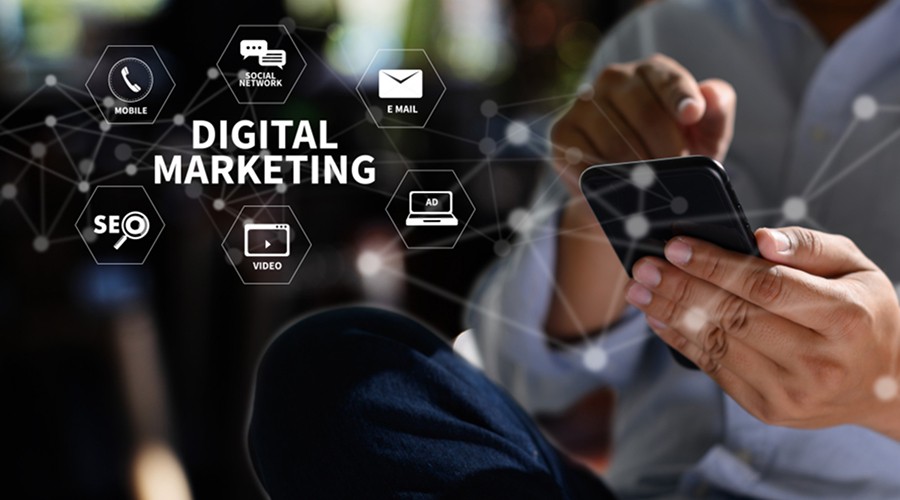
An omnichannel marketing approach utilizes a mix of digital marketing channels to reach potential customers through multiple touchpoints, thereby improving the chances of success.
Having a 360-degree approach is vital for your business. It maximizes the possibility of finding new customers and engaging them.
Harnessing a range of marketing channels, including websites, SEO, content marketing, social media, paid promotions, apps, emails, videos, webinars, etc., builds a successful omnichannel marketing plan.
Final Words
Digital marketing is a broad field, and covering everything in a single blog post is nearly impossible. I hope this blog has helped you understand the fundamentals of digital marketing, including its significance for businesses, the primary channels, key strategies, and more.
Have a question or want Grovention to manage your digital marketing campaigns? Reach out to us for a free consultation session.
